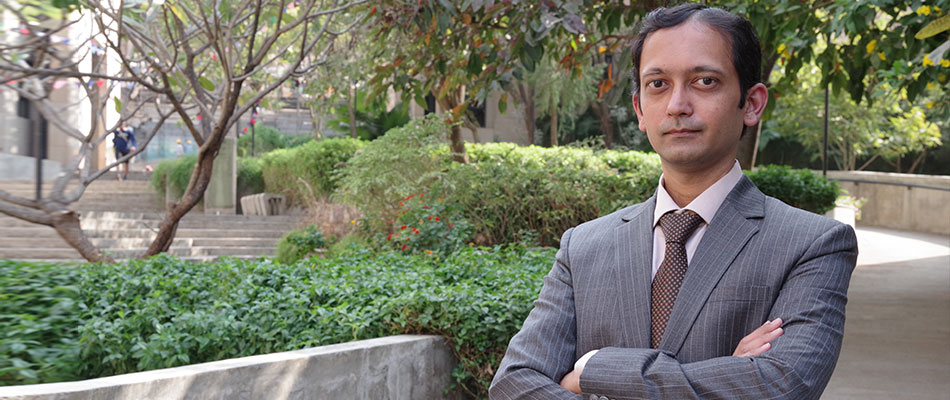When I was staying in Ghaziabad and surrounded by tall buildings and dense road network, I experienced a typical phenomenon which is called as Urban Heat Island. I used to step out in the evenings and walk along the roadside hoping that it would bring a cool breeze. Actually, I used to feel more hot. The roads and buildings would ooze out all the energy they had gathered through out the day. Along with that the air conditioners used by the residents would add to the temperature. It is not only the story for National Capital Region of Delhi (NCR) but can be witnessed in any urban area.
Unfortunately, UHI is now universally recognized outcome of urbanization. The concrete and cement structures in the urban areas absorb heat during sunny day and emit it back when the sun goes down. That causes the high night temperatures within urban areas as compared to its rural background.
What happens when urban areas experience UHI?
According to Environmental Protection Agency (EPA), UHI is linked with several things. One of the most important things is electricity consumption. As the cities experience higher temperatures the residents prefer to moderate the indoor temperatures using air conditioners. The air conditioners consume a lot of electricity. The outside unit of air conditioner releases a lot of heat due to it compressor. Thus, it adds to the external higher temperatures. As this creates huge difference between indoor and outdoor temperatures, it encourages more usage of air conditioners. Thus, UHI, temperature differences and electricity consumption are tightly linked and develop a vicious circle.
Cities like Delhi experience a lot of influx of rural population searching for livelihood. This, socioeconomically weak population does not have ability to adapt to the UHI and its impacts and may have bad health outcomes. I am sure we all have heard about heat waves and death tolls.
How do we study?
There are satellites up in the sky who can measure the energy emitted back by different land surfaces. These satellites have sensors which use thermal infrared band/s and indicate us the surface temperatures. Examples of such satellites are Landsat series, MODIS and AVHRR. One can then also use weather station data about air temperature and look at both, surface and air, temperatures to understand whether there is UHI effect or not.
Here is an example of Delhi’s surface UHI measured using MODIS terra data.

These figures show that Pune (in night time) experiences UHI effect. During summer the rural areas are also hot and hence the difference between rural and urban may not be great. Urban, still is at higher temperature than rural areas. In winter, the difference is more and UHI effect is more prominent.
What can cities do to become cooler?
UHI has been correlated with building density, structural composition of neighbourhoods, presence of open and green spaces as well as reducing heat absorption by roof tops of the buildings.
While India is working on its 100 smart cities, this aspect has not been dealt directly. The cities could be more sustainable if the government authorities consider UHI effects also to reduce the surface and air temperatures.
Globally, there are multiple examples where cities are trying to reduce UHI effect. Quebec province in Canada has provided detailed guidelines for the same. One of the measures in the guidelines is that using vegetation – to cover roads, around the buildings to shade them and on rooftops to cover it. Vegetation filters most of the sunlight and keeps the infrastructure at much lower temperature.
Other strategies include using high albedo (high reflectivity) materials to cover roof tops. Similarly, recently, there was a news article about Los Angeles colouring its roads white for the same reason hoping that it would reduce the temperatures by more than 10 degree or more during peak summer season.
Building design and material used for buildings also plays critical role in managing urban temperatures. For example, windows are the weak part of the building which allows sunlight to enter inside the house. One can use shades to minimize the impact. Also, the building material could be used in such a way that it would absorb the heat but release it over the longer duration so that there is no immediate impact on the surrounding environment.
As India is developing 100 smart cities, we need to think about UHI effect and adopt measures to reduce the impacts suited to our climatic conditions. Then these cities will not only be smart but also sustainable.
Sources:
https://www.inspq.qc.ca/pdf/publications/1513_UrbanHeatIslandMitigationStrategies.pdf
- Prof. Prasad Pathak, Associate Professor – Environmental Studies


